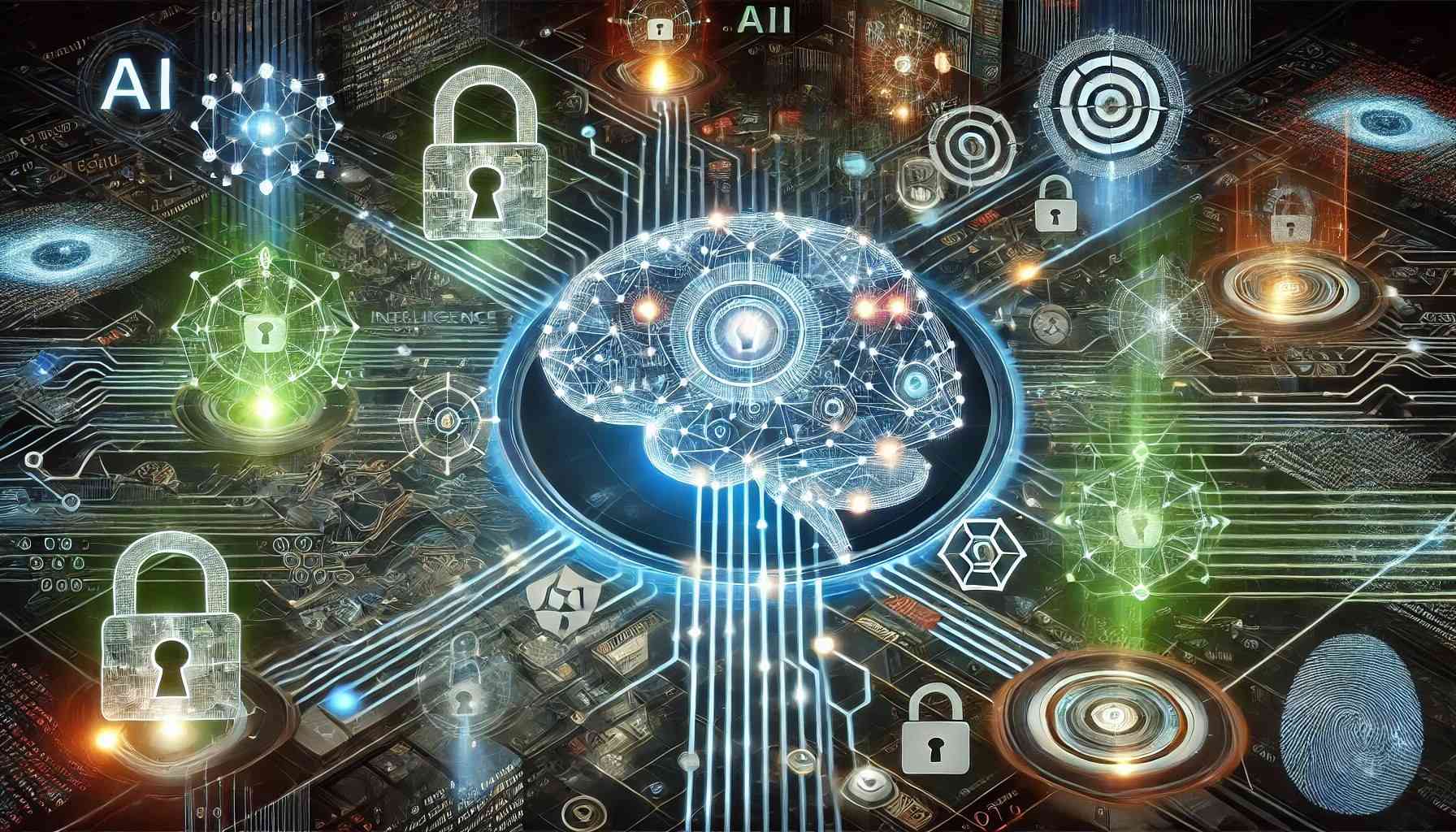
AI in Cybersecurity is becoming essential as, in today’s digital age, the complexity and frequency of cyber threats have evolved rapidly. Traditional cybersecurity measures alone often fall short in keeping up with the sophisticated tactics of cybercriminals. This is where Artificial Intelligence (AI) and Machine Learning (ML) are transforming the cybersecurity landscape, offering dynamic, predictive, and responsive capabilities to detect and mitigate threats. Let’s dive into how AI and ML are shaping the future of cybersecurity.
1. Understanding AI and ML in Cybersecurity
AI involves systems that can simulate human intelligence processes, such as learning and problem-solving. Machine Learning, a subset of AI, enables systems to learn from data, identifying patterns and adapting over time without explicit programming. In cybersecurity, these technologies offer powerful tools for monitoring, identifying, and responding to threats more effectively than ever before.
2. Automated Threat Detection
One of the most significant benefits of AI in cybersecurity is its ability to automate threat detection. AI systems can analyze vast amounts of data to identify suspicious activity or potential threats in real time. Traditional systems may take hours or days to flag unusual behavior, whereas AI algorithms can detect anomalies within seconds, reducing response time and minimizing potential damage.
Example:
AI-powered systems can recognize unusual login locations, rapid login attempts, or abnormal data access patterns, which may indicate an unauthorized breach.
3. Predictive Analysis and Threat Intelligence
AI and ML excel in predictive analysis, where they analyze historical data to forecast potential security incidents before they occur. By recognizing trends and patterns, AI systems provide proactive threat intelligence, which helps in anticipating and preparing for future attacks. This capability is especially valuable in identifying emerging cyber threats and understanding the tactics of cybercriminals.
Example:
Predictive analytics in AI can identify vulnerabilities in systems that hackers might exploit, enabling companies to address weaknesses proactively.
4. Behavioral Analysis for Enhanced Security
Machine Learning algorithms analyze the behavior of users within a system to detect deviations that may indicate a threat. This behavior-based approach is more effective than traditional rule-based systems, which often fail to catch complex attacks. By monitoring behaviors, AI can identify insider threats, compromised accounts, or anomalies that may signal a cyberattack.
Example:
If an employee account suddenly starts accessing data it has never accessed before, AI systems can flag this as unusual behavior and initiate further verification steps.
5. Incident Response and Automation
AI not only detects threats but also assists in responding to incidents. In the event of a cyberattack, AI can automate responses to contain the threat, preventing it from spreading across the network. This quick reaction time can significantly reduce the impact of an attack. Automation also allows cybersecurity professionals to focus on more complex tasks rather than repetitive or time-consuming responses.
Example:
In the case of a DDoS (Distributed Denial of Service) attack, AI can automatically redirect traffic and allocate resources to maintain service availability.
6. Continuous Learning and Adaptation
One of the strongest attributes of AI and ML in cybersecurity is their ability to continuously learn and adapt. Unlike traditional systems, which need constant updates to stay relevant, AI models refine their algorithms based on new data. This adaptability helps them stay ahead of evolving threats and reduces the need for frequent manual updates.
Example:
As new malware variants emerge, AI systems learn from these new threats and adapt to recognize and prevent them in the future.
7. Challenges and Ethical Concerns
While AI offers numerous advantages in cybersecurity, it also raises certain challenges and ethical concerns. Cybercriminals can also use AI to develop more sophisticated attacks. Furthermore, AI systems require massive amounts of data to operate effectively, raising privacy concerns. There’s also the risk of false positives, where legitimate actions are mistakenly flagged as malicious.
8. The Future of AI in Cybersecurity
As technology advances, AI and ML will play even more integral roles in cybersecurity. In the near future, we can expect enhanced collaboration between AI and human experts, where AI handles repetitive tasks and threat detection, and cybersecurity professionals focus on strategic decision-making. The combination of AI-driven automation and human intelligence is likely to create a more resilient defense system, capable of adapting to emerging cyber threats.
Conclusion
The role of Artificial Intelligence and Machine Learning in cybersecurity is transformative. These technologies have not only enhanced the speed and accuracy of threat detection but have also introduced a proactive approach to security, allowing companies to anticipate and prevent attacks before they happen. As cyber threats grow in sophistication, embracing AI and ML in cybersecurity strategies will be essential for businesses aiming to protect sensitive information and maintain their digital assets’ security.
AI may not be a perfect solution, but it is undoubtedly a powerful ally in the ongoing battle against cybercrime.
Tags: #Cybersecurity #ArtificialIntelligence #MachineLearning #ThreatDetection #DigitalSecurity


